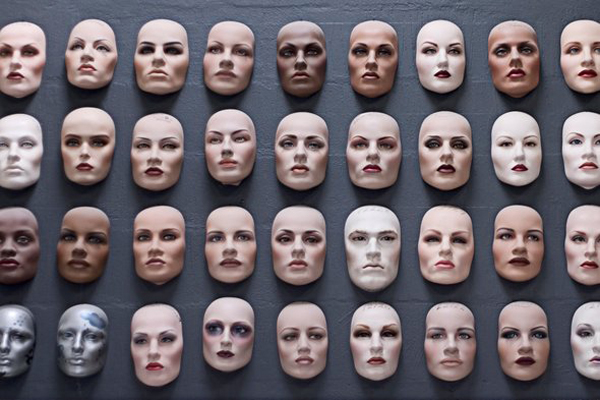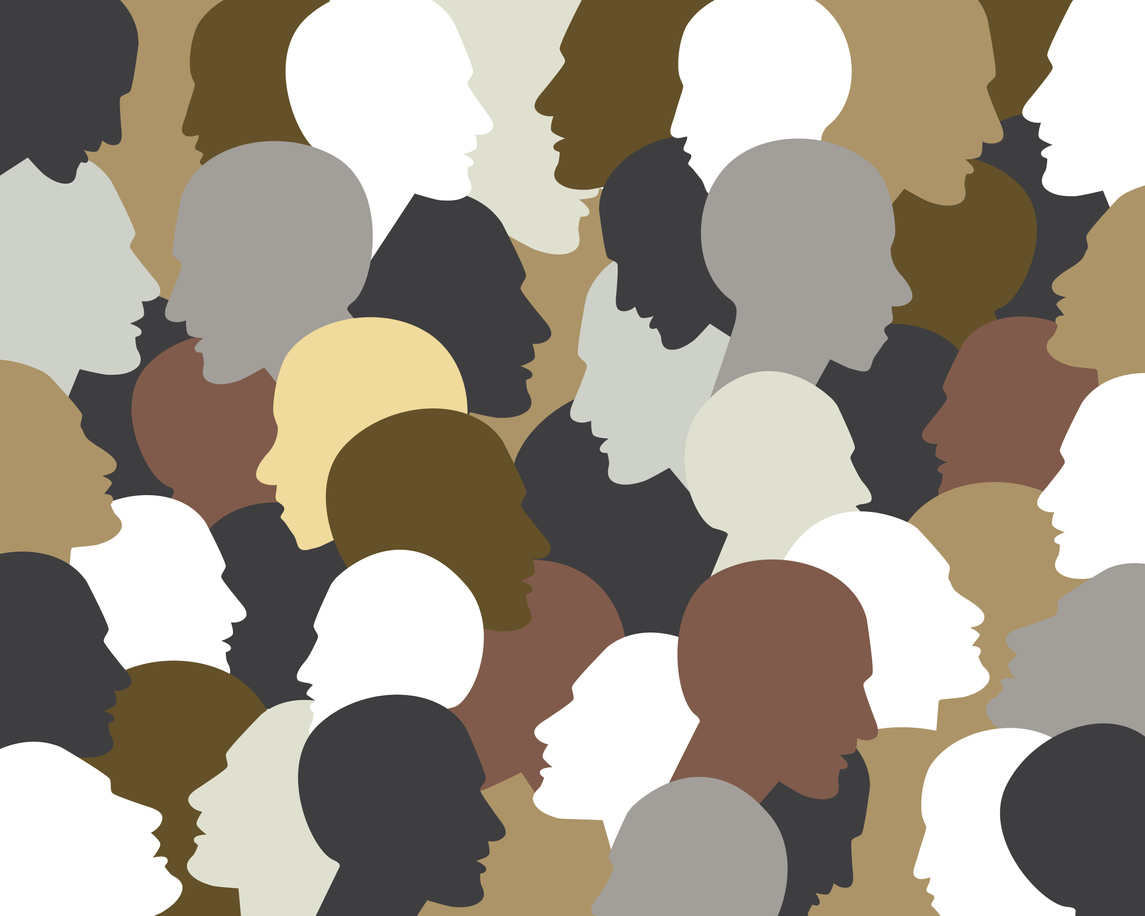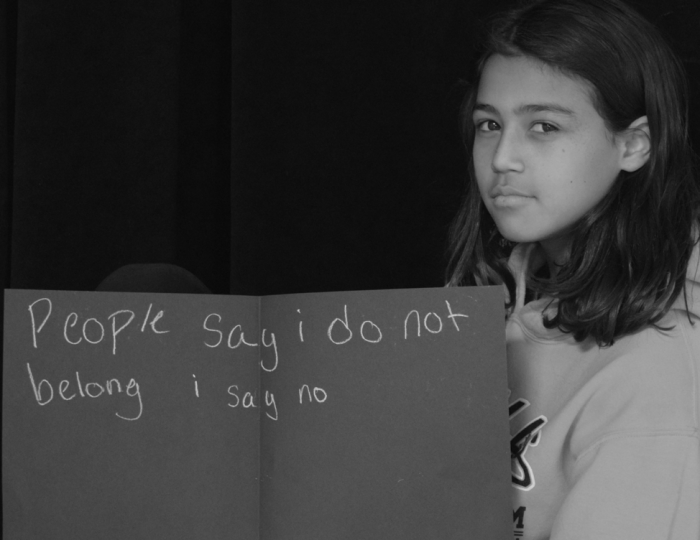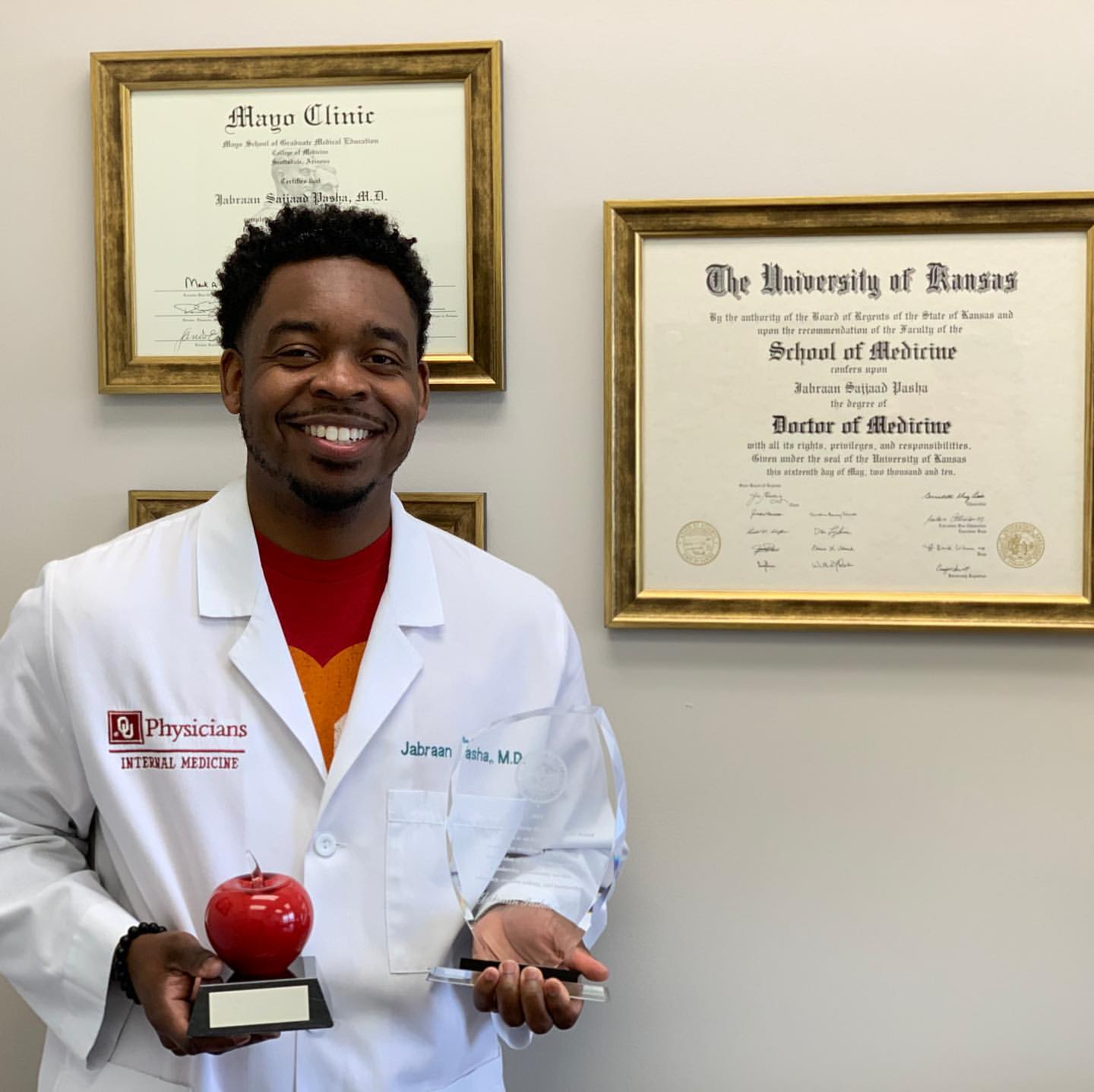
Share On Social!
Implicit bias, also known as unconscious bias, occurs when stereotypes influence automatic brain processing. We can be susceptible to inherent bias and not even know it.
Fortunately, you can find out if you have such leanings.
Implicit Bias Testing
Harvard’s Project Implicit developed The Implicit Association Test (IAT). The test, created 20 years ago, measures social attitudes and beliefs that people may be unwilling or unable to realize.
The various implicit bias assessments focus on gender, race, skin color, weight, and more. There is no Hispanic/Latino-focused test, though.
 Bias tests can expose one’s implicit attitudes, of which they are unaware.
Bias tests can expose one’s implicit attitudes, of which they are unaware.
For example, you may believe women and men should be equally associated with careers in scientific fields. Yet, your automatic associations could show that you (like many others) associate men with science more than women.
“The Implicit Association Test is controversial because many people believe that racial bias is largely a thing of the past,” Anthony Greenwald, co-creator of the test and a psychology professor at the University of Washington, told Futurity.
“The test’s finding of a widespread, automatic form of race preference violates people’s image of tolerance and is hard for them to accept. When you are unaware of attitudes or stereotypes, they can unintentionally affect your behavior.”
Over 17 million implicit bias tests had been taken online by October 2015, according to Olivia Goldhill of Quartz.
Still, the test does have its limitations.
“The stability of the test is low, meaning that if you take the same test a few weeks apart, you might score very differently,” according to Scientific American. “And the correlation between a person’s IAT scores and discriminatory behavior is often small.”
Overcoming Implicit Bias
Reducing unconscious attitudes is not an easy task. It’s a permanent, long-term process that needs time and attention.
Strategies to overcome implicit bias are to:
- Recognize stereotypical thinking
- Substitute assumptions and biases
- Get to know and understand individuals
- Explore new perspectives
- Be open to increasing opportunity for positive contact

Check out how middle- and high-school students use photography to understand implicit bias and consider how they see themselves and others, via Teaching Tolerance.
Another strategy includes compensating for your bias.
For example, if you have an implicit bias for young people, make a conscious effort to be friendlier to the elderly population.
“Awareness can help to overcome this unwanted influence,” said Greenwald.
Goldhill, who regularly reports on philosophy, psychology, and neuroscience, urges people to understand that bias testing isn’t perfect.
“Instead of looking to implicit bias to eradicate prejudice in society, we should consider it an interesting but flawed tool,” she wrote.
“We need to acknowledge the limitations, to look for other tangible ways to reduce inequality, and to admit that our colleagues, friends, and ourselves might not just be implicitly biased, but might have explicitly racist and sexist tendencies. We should ask people to consciously recognize their prejudicial behavior, and take responsibility for it.”
What Else Can We Do?
Seek training or help put an end to microaggressions.
In the healthcare field, teach cultural competencies and cultivate more doctors of color to help produce better outcomes for Latino patients.

Check out stories of people who are overcoming biases:
- Dr. Rogelio Saenz overcome implicit bias growing up and in his career. He became a well-respected UT San Antonio researcher using data and demographics to set up social justice solutions.
- Dr. Jabraan Pasha created a training workshop to spread awareness of implicit bias in healthcare.
- Kelly Capatosto and the Kirwan Institute are doing significant research and training on implicit bias.
You can also “rewire” implicit bias toward more compassion for others.
Download the free Salud America! “Find Out If You Have Implicit Bias and What to Do Next” Action Pack. This will guide you to see if you have implicit bias, reflect and learn from others who have overcome their own implicit bias, and encourage others to learn about implicit bias, too.
The Action Pack was created by Dr. Amelie G. Ramirez, director of Salud America! at UT Health San Antonio.
Explore More:
Overcoming Harmful BiasesBy The Numbers
3
Big Excuses
people use to justify discriminatory behavior



